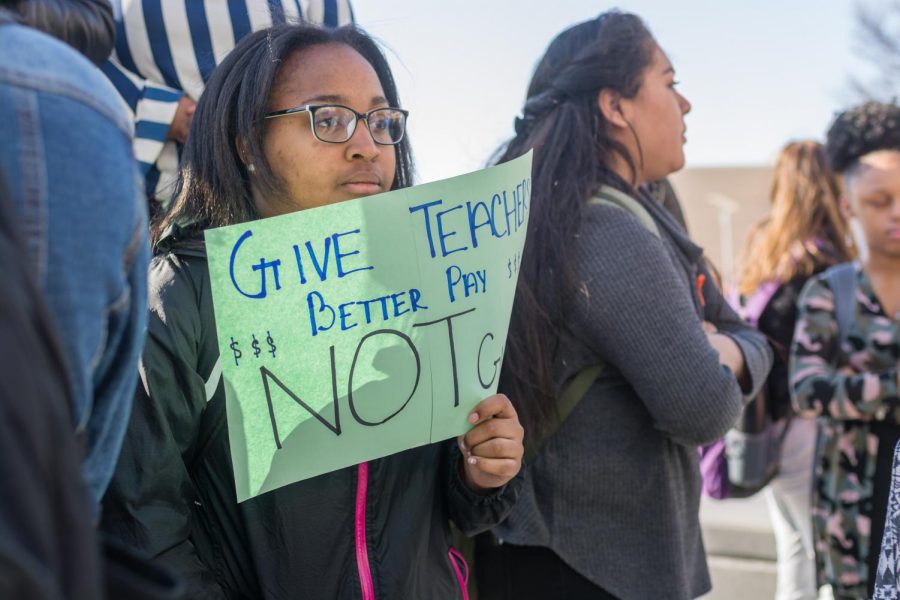Anti-Gun Activism
Students take a stance after school shooting in FL
Six minutes. Seventeen lives lost. Seventeen other people injured. On Feb. 14, a shooting occurred at Marjory Stoneman Douglas High School in Parkland, FL. During these six minutes, 19-year-old Nikolas Cruz used an AR-15 and shot 34 people, one of the most deadly and destructive mass shootings this world has seen, taking the lives of two faculty members and fifteen students, and affecting the lives of millions.
Since the shooting, students from across the country have spoken out, demanding change in order to prevent another incident of school violence.
There have numerous walkouts and marches being led by students across America. The goal for these students is to be heard by politicians and urge them for stricter gun control.
On March 24, Junior Alex Ristow and her family joined together with 800,000 others in the March For Our Lives in Washington D.C. The march began at 12 p.m. and took place just blocks away from the U.S. Capitol building.
“We want to see representatives actually hear us students instead of just pushing us off to the side because we are so young,” Ristow said. “I feel like they [politicians] are not concerned enough. It is our safety we are fighting for and they are just pushing us aside, and it’s kind of a huge slap to the face,” Ristow said.
Ristow felt particularly close to this incident. She grew up in Parkland, FL. She was supposed to attend Marjory Stoneman Douglas High School. Although she did not personally know any of the victims, she still had a personal connection to the students.
“I wanted to go and support them. Some of the people affected are close family friends. We grew up together, our moms played board games together,” Ristow said.
Aside from participating in the march, Ristow also took part in MN’s student-led walkout. The walkout occurred on March 14, a month after the shooting. It lasted 17 minutes, a minute of silence for each life that had been taken.
“I don’t think that there is anything we should be doing but speaking up. The power needs to come back to those it has affected,” senior Brooke Wilczewski said.
Although the walkout was a national event, Wilczewski organized it at MN. In the weeks leading up to the walkout, she concurred with the administration in order to ensure the safety of the students walking out. Although the walkout was not encouraged by faculty members, it was allowed without harsh punishment.
At 10 a.m., about 200 students flooded the main entrance surrounding the flagpole. They stood in silence, with somber looks and signs explaining the importance of their lives.
“I think this is just the beginning. A lot of change and visibility will come from these students speaking out,” Wilczewski said.
Altogether, the walkout and the March For Our Lives combined to give students a voice in an issue affecting them.
“Finally feeling like I have a voice and like my peers have a voice makes me more determined to make change,” Ristow said.


